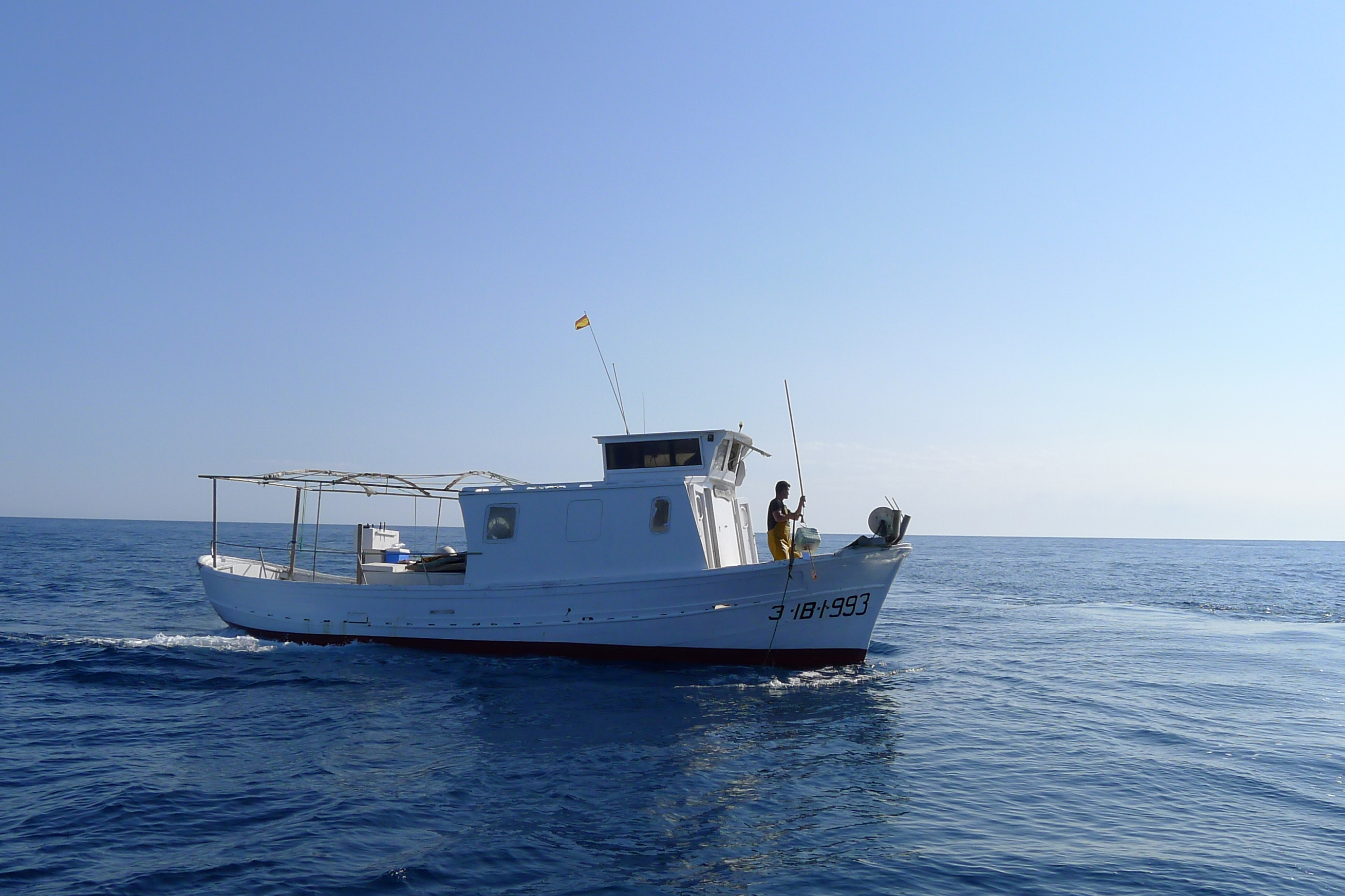
19 Sep The Ibizan ‘raor’ returns to the table of Es Torrent
Undoubtedly, when September arrives, the fried ‘raor’ becomes the star dish of the Es Torrent restaurant, since from day 1 the ban opens and many Ibizans throw themselves into the sea, especially heading to Formentera, to fish this succulent bite. They will be able to do so until april, when again their capture will be prohibited. The best way to prepare it is fried, in very hot oil, without having to pass it through flour, since its characteristic gelatinous skin does not split or peel off. We can assure you, without fear of exaggeration, that it melts in your mouth, leaving an intense aftertaste of the sea.
The objective of the raor closure is to protect this species and ensure that sustainable fishing takes place. In Es Torrent, however, we can serve it throughout the season, since we bring it directly from Catalan and Valencian fish markets, where the demand for this fish is lower, as it is not as appreciated as in Ibiza.
Fishing for raor is recreational in nature and very few vessels are professionally engaged in it. The first ban was scheduled in 2000 and thanks to the high compliance by recreational and professional fishermen, the species has been maintained in all areas and the average size of the extracted fish has also been increased by 20%.
To catch a kilo usually takes hours, since it takes between 20 and 40 specimens to reach that weight. In the first days of captures, its quotation gets to surpass the 100 euros by kilo.
The scientific name of the raor is xyrichthys novacula and in other latitudes it is also known as galán, lorito, pámpano, comb, pejepeine or parrot. It is striking for its flat appearance, its salmon color, sometimes intense red, and its jelly-like skin, largely to blame for its delicate flavor. It measures between 12 and 16 centimeters, weighs between 25 and 55 grams and has a longevity of between 7 and 8 years. Their preferred habitat is the sandy bottoms, close to posidonia meadows, where they can camouflage themselves from predator attacks, although they also often defend themselves with their sharp teeth. It is fed on invertebrates, small fish, moluscos and crustaceans, and its reproductive period it is to end of summer.









No Comments